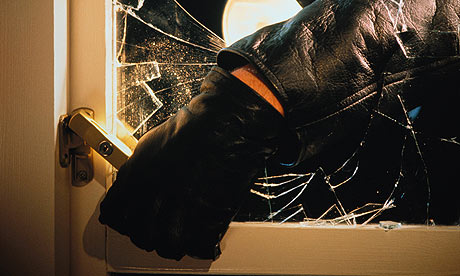skip to main |
skip to sidebar
Seminar and Group Brainstorm
This was a very enjoyable experience and brainstorming in two small sessions was very useful. To begin with there was a small, nervous silence but as soon as we got going, ideas were rolling off the tongue - sometimes too quickly to all be written down. We were all shouting out things and sometimes we found ourselves all laughing at the crazy ideas that we were coming up with. After our brainstorming session we went back as a group and reflected on what had been said before, generalising points.

Individual Brainstorm
When looking into the points discussed in the previous brainstorms, I was able to expand on these and look at them in more detail. I could not believe how much design relied heavily on context. The smallest details like people's personalities and location could affect massively how they responded to design. Designers have to be switched on and sensitive to the people they are designing for.

An experiment in our Design Studies, pick a word for each category: person, emotion/action & possession.Mother of three, running & television.The most obvious could be the mother is chasing after her three children because they are all misbehaving so to get some time to herself she puts them in front of the television...too obvious?How about a single mother of three lives in a run down area and can't afford to feed her children. In an attempt to put food on the table she tries to steal a television in exchange for money but in the middle of the burglary she is disturbed and forced to start running away.By changing the perspective a little we are made to see things in a new light. We as designers need to be able to look past the obvious and look at an object in a different way -sometimes ignoring past experiences. With thanks:
With thanks:
Photo: http://www.getrichslowly.org/images/burglary.gif
 We as humans are very sensitive to the environment around us, whether we are conscious of this or not. In the chapter, The Power of Context (Part one), Gladwell presents Bernie Goetz to us. A seemingly 'normal' man, who was approached by four black youths and asked for $5 on a subway car. Goetz shoots at these youths and leaves one paralysed but is still hailed as a 'hero'. Crazy?
We as humans are very sensitive to the environment around us, whether we are conscious of this or not. In the chapter, The Power of Context (Part one), Gladwell presents Bernie Goetz to us. A seemingly 'normal' man, who was approached by four black youths and asked for $5 on a subway car. Goetz shoots at these youths and leaves one paralysed but is still hailed as a 'hero'. Crazy?
Three of these four youths were carrying screwdrivers (clearly looking for trouble) and they had all committed previous offences, so really Goetz was cleaning up the streets, wasn't he? I mean he was clearly a normal man who had had enough of the violent crimes occurring and decided to take a stand! Wrong! Gladwell and the reader delve into Goetz's past and learn about how he was merely an accident waiting to happen. He was a class example of an emotionally unstable person - bullied as a child, abused by his father, a social misfit... It was only a matter of time before the environment around him made him 'tip'.
Reading The Tipping Point was very interesting for me. Never before have I read a book that has made me think about things so much or agree with statements I had never questioned before. The book for me was very enjoyable but at times sometimes hard to read. Gladwell presents many ideas all at once, sometimes bringing points up which had be discussed previously and this sometimes confused me.
Creating the mind maps made me understand things more and reinforced ideas that initially I had found hard to understand. I choose the Power of Context chapter to look at in more detail because for me it was the most interesting chapter. I had never thought before that crimes could be committed because of the environment around us. Splitting the chapter into different parts allowed me to focus on key points, e.g. Crime, Goetz, etc, and mind map these into more detail.
The mind mapping allowed me to understand more of the book than would have been possible by writing screeds and screeds of linear notes. If I forgot anything while I was mind mapping the first time I could always go back and add more (even my own opinions).













